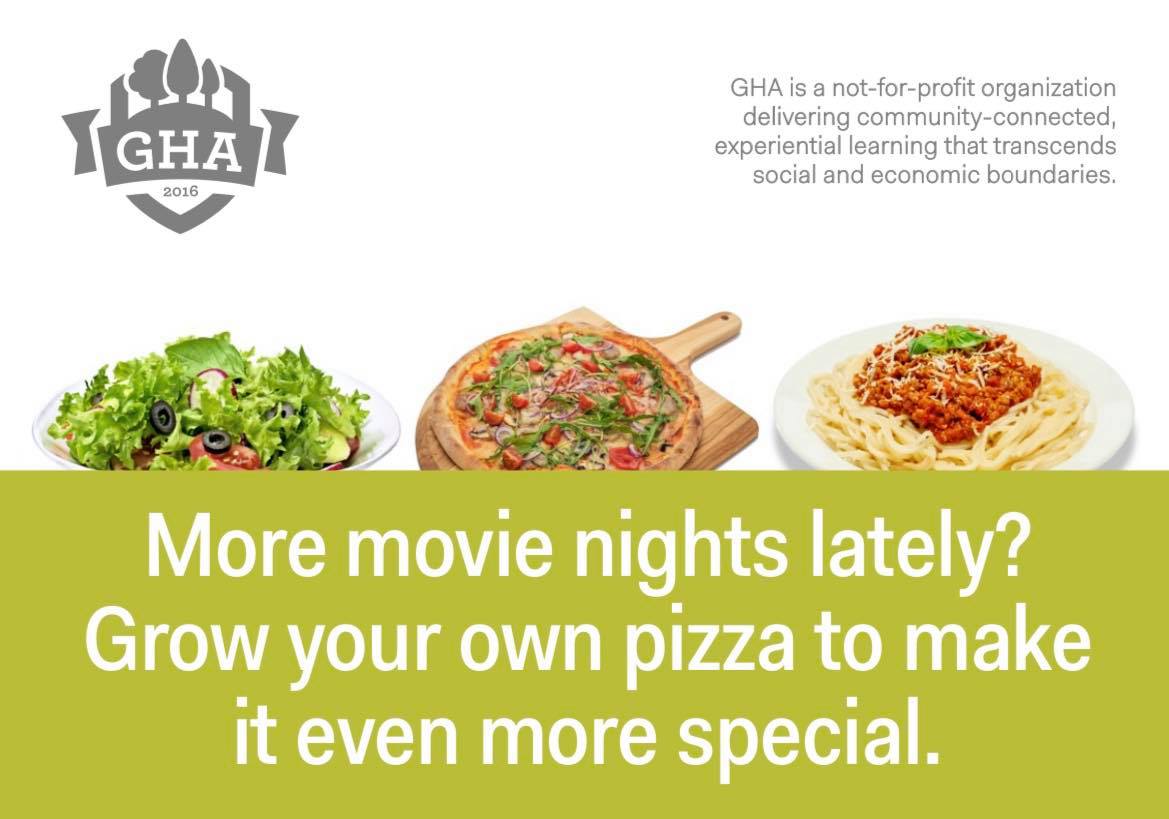Internationally, Food Policy Councils have increasingly become avenues for food democracy, providing a space for community members, professionals, and government to learn together, deliberate, and collectively come up with place-based strategies to address complex food system issues that matter to their own community. But how does a food policy council’s structure, or their membership affect which priorities they address?
Research carried out in 2018 by food policy experts from the Johns Hopkins Center for a Livable Future, looked at how a FPC’s organizational structure, relationship to government, and their membership influence their policy priorities. From a survey of 222 U. S. Food Policy Councils, along with illustrative case studies, this research showed that FPC’s are quite heterogenous.
Structure/Membership
Most (70%) focus their work at the local level, while fewer (8%) work at the state level and 22% at the regional level. The majority are imbedded in an institution: 35% sponsored by a non-profit organization, 29% are embedded in government, and 6% are housed in a university. Another 18% are unincorporated (grassroots) groups and 12% are nonprofit organizations.
FPC membership consists of professional stakeholders, public administrators, and elected officials from across the food supply chain and interrelated issue areas, e.g., environment, education, economic development, and health care. The membership of the majority of FPCs (92%) includes a community member.
Funding
It was clear that FPC’s are woefully underfunded. Sixty eight percent operate on an annual budget of $10,000 or less and 35% have no funding. The top three sources of financial support for FPCs are in-kind donations, non-federal government funding from grants or appropriations, and private foundations.
Priorities
For the past three years, healthy food access has been a priority for a majority of FPCs. In 2018, healthy food access, economic development, and anti-hunger were the most common policy priorities (Table 1). More recently, we have seen FPCs prioritizing food waste and food labor laws (Bassarab et al.2019; Morrill, Santo, & Bassarab, 2018).
Table 1. Policy Priorities by FPC (N = 222)
Healthy food access 146
Economic development 96
Anti-hunger 81
Food production 69
Food procurement 63
Land use planning 58
Food waste/recovery 40
Local food processing 24
Transportation 18
Natural resources and environment 10
Food labour 4
This research demonstrates that membership and relationship to government, have more bearing on the policy priorities of a FPC than the organizational structure (although the relationship to government is related to the lack of some priorities rather than their presence). Further, by profiling the relationship between membership and policy priorities, and often policy development itself, the case studies highlighted in this underscore the role of FPCs as vehicles for food democracy.
This study shows that members matter; membership of Food Policy Councils is related to a wide range of policy priorities.
Central to food democracy is participation by citizens or organizations representing citizens who have traditionally been excluded from the political and economic process. As food policy councils, internationally and here in Middlesex London, tackle “wicked problems”, it is critical to have the voice of community members represented.
References:
- Bassarab, K., Clark J., Santo R. and Anne Palmer. Finding our Way to Food Democracy: Lessons from US Food Policy Governance. https://www.cogitatiopress.com/politicsandgovernance/article/view/2092/2092
- Williams, P. (2002). The competent boundary spanner. Public Administration, 80(1), 103–124.
- Bassarab, K., Santo, R., & Palmer, A. (2019). Food policy council report 2018. Baltimore, MD: Johns Hopkins Center for a Livable Future.
- Morrill, V., Santo, R., & Bassarab, K. (2018). Shining a light on labor: How food policy councils can support food chain workers. Baltimore, MD: Johns Hopkins Center for a Livable Future.





